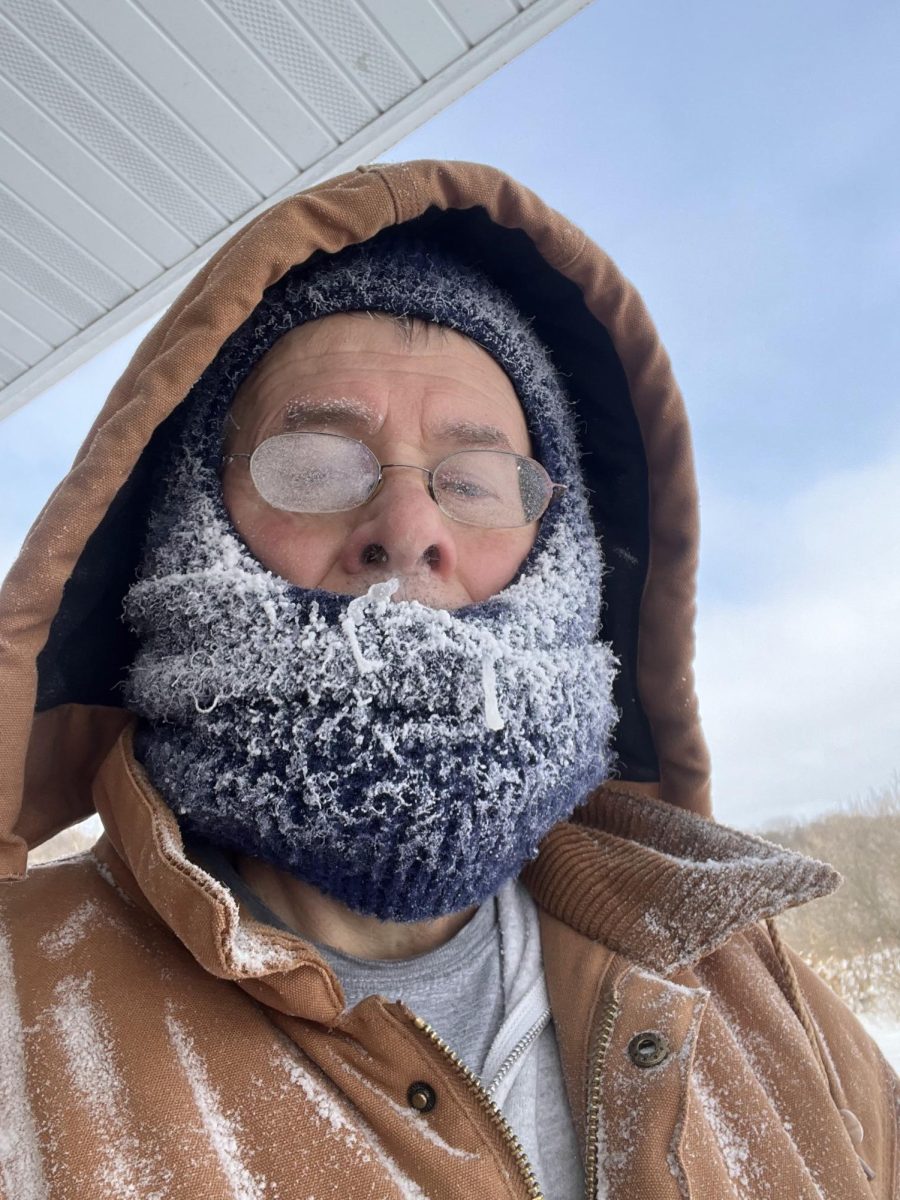As we settle into winter and the appearance of that four-letter word that is both cherished and hated, I’d like to take a moment to thank J.W. Elliot.
It was Elliot, hailing from Toronto, Canada who patented in 1869 the first documented snow machine. While Eliiot never produced it, he set the stage – a dual stage at that – for the machines that came later.
The term snowblower is actually misleading, as there is no use of blowing air to move the snow. It is in fact the work of an auger or an impeller to throw the snow. Despite this linguistic misnomer, the machine has saved countless hours and back strains as we deal with removing snow from our driveways and sidewalks.
I actually have two snowblowers. One older model had been sitting in disuse with a flat tire for a few years and the other – a more recent model that I bought three years ago from friends who correctly determined they would have little use for it at their new Florida home – was done in by last year’s endless winter.
Alert readers may recall the last time I used that snowblower was in March of 2023 when the cable that operates the auger snapped. At least the auger was still engaged. So I finished blowing snow and shut down the machine.
That came after the day in January when the handle that turns the chute snapped off. The quality of the metal has the tensile strength of recycled beer tabs, so it can’t be welded. I could still turn the chute by hand while simultaneously holding the broken handle.
Pushing my luck with the calendar – I view procrastination as an art form – I waited until November to haul both machines to a competent repair person who got them both running.
Because of our snowless winter so far, I didn’t have any need to use them until recently. It was 5-below zero with a brisk northeast wind and I was about two weeks recovered from my hip surgery when I fired up the newer blower to remove about 7 inches of snow.
Immediately I ran into a problem when the auger stopped moving. It would start but then stop – even when I had the cable engaged. I made sure the chute was clear and that the auger was not frozen. I even started it and stopped it a few times, with the same results.
I was considering option B by using the other snowblower, but some logic prevailed. Since the cable that operates the auger was replaced, I suspected it may have some slack. So I gave the cable and extra yank and it did the trick. About an hour later, the driveway was cleared and I took my frozen face inside to warm up.
I was a little sore, but none the worse for wear.
Good thing I am used to shooting from the hip.
Speaking of my hip, I’d like to thank the readers who have sent me notes of encouragement during my recovery. Many of them have had their own experience with a hip or a knee replacement.
Bob Seaquist of Holmen said he had hip surgery five years ago when he did his best impression of the “help, I’ve fallen and I can’t get up” commercial with what he said was “an arcing, graceful trip behind the La Crosse Center ending in a 911 call.”
He was assisted by two passing motorists and underwent surgery the next day.
“It was a solid year before I walked normally though the discomfort was gone right away,” he said. “ “The discomfort of age does not go right away. There are some people that embrace their age and there are the rest of us.”
Arlynn Schwanke, a 77-year-old Madison veterinarian, said he just had his left hip replaced in November and experienced the same quick recovery as me. “I am now back in the starting lineup walking the dog, doing stairs with a problem and pain free. Truly amazing are the abilities of the medical professionals these days.”
Schwanke’s experience is certainly similar to mine.
You could say we are joined at the hip.
Chris Hardie spent more than 30 years as a reporter, editor and publisher. He was nominated for a Pulitzer Prize and won dozens of state and national journalism awards. He is a former president of the Wisconsin Newspaper Association. Contact him at [email protected].

